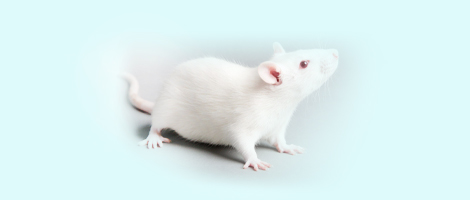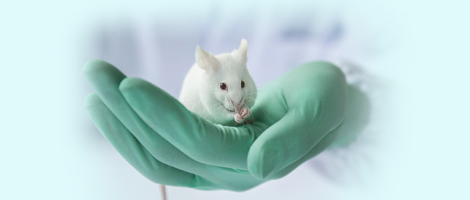| [1] |
刘欣, 石少波, 张翠, 杨波, 曲川. 小鼠自体动静脉内瘘端侧吻合模型的建立与评价[J]. 实验动物与比较医学, 2023, 43(6): 595-603. |
| [2] |
王丹, 张晓璐, 王妍, 傅博, 王文栋, 刘京, 张甦寅, 武怡荷, 吴德国, 杜小燕, 战大伟, 章秀林, 李长龙. Big-BALB/c小鼠亚系选育前后的抗体制备效率比较研究[J]. 实验动物与比较医学, 2023, 43(6): 612-618. |
| [3] |
聂永强, 王朝霞. 濒危基因编辑小鼠品系拯救技术及其应用探讨[J]. 实验动物与比较医学, 2023, 43(6): 636-640. |
| [4] |
于灵芝, 谢建芸, 冯丽萍, 魏晓锋. 金黄色葡萄球菌荧光定量PCR检测方法的建立及其在大鼠、小鼠粪便检测中的应用[J]. 实验动物与比较医学, 2023, 43(5): 566-573. |
| [5] |
王成稷, 王珏, 王海杰, 陆炜晟, 史岩, 顾正页, 万鸣秋, 沈如凌. 乳胶血管灌注技术制作小鼠头面部静脉血管模型方法初探[J]. 实验动物与比较医学, 2023, 43(5): 574-578. |
| [6] |
黄缨, 韦思羽, 蔡莉, 强苏静, 李冬婷, 丁玉强. 供应商来源的实验大鼠和小鼠微生物监测结果分析:以复旦大学实验动物科学部为例[J]. 实验动物与比较医学, 2023, 43(4): 347-354. |
| [7] |
谈小倩, 杨颢, 唐慧青, 瞿伟, 李亮, 钱珍, 顾坚忠, 徐平, 肖君华. BALB/cA.Cg.SHJH hr 小鼠的培育及其相关遗传学特性分析[J]. 实验动物与比较医学, 2023, 43(4): 363-370. |
| [8] |
邓亚胜, 林江, 甘池伶, 曾官凤, 黄嘉茵, 邓慧芳, 麻颖贤, 韩丝银. 皮肤光老化动物模型制备要素和受试物数据的文献分析[J]. 实验动物与比较医学, 2023, 43(4): 406-414. |
| [9] |
王雪, 呼永河. 糖尿病小鼠模型的常见种类及其构建要素分析[J]. 实验动物与比较医学, 2023, 43(4): 415-421. |
| [10] |
黄慧, 邓亚胜, 梁天薇, 郑艺清, 范燕萍, 荣娜, 林江. 卵巢储备功能减退动物模型的造模方法评价与分析[J]. 实验动物与比较医学, 2023, 43(4): 422-428. |
| [11] |
翟珊珊, 梁亮, 曹颖颖, 李竹欣, 王青, 陶俊宇, 运晨霞, 冷静, 唐海波. 一例树鼩毛发上皮瘤的诊断及细胞生物学特性观察[J]. 实验动物与比较医学, 2023, 43(4): 440-445. |
| [12] |
潘志强, 农淄心, 谢海纳, 彭佩克. 顺铂对小鼠下丘脑-垂体-肾上腺/性腺轴功能的损伤作用及脱氢表雄酮的干预效应[J]. 实验动物与比较医学, 2023, 43(3): 229-242. |
| [13] |
郭文文, 赵亚, 王颖花, 刘可, 葛煦, 张延英, 汪永锋, 师长宏. 人参皂苷Rg1在小鼠创伤性脑损伤修复中的作用[J]. 实验动物与比较医学, 2023, 43(3): 243-252. |
| [14] |
张渊, 李晗, 张成芳. 奥氮平诱导体重增加小鼠的全脑转录组学分析[J]. 实验动物与比较医学, 2023, 43(3): 262-270. |
| [15] |
谭志刚, 刘锦信, 郑楚雅, 廖文峰, 冯露平, 彭红丽, 严秀, 卓振建. 神经母细胞瘤动物模型研究进展与应用[J]. 实验动物与比较医学, 2023, 43(3): 288-296. |






